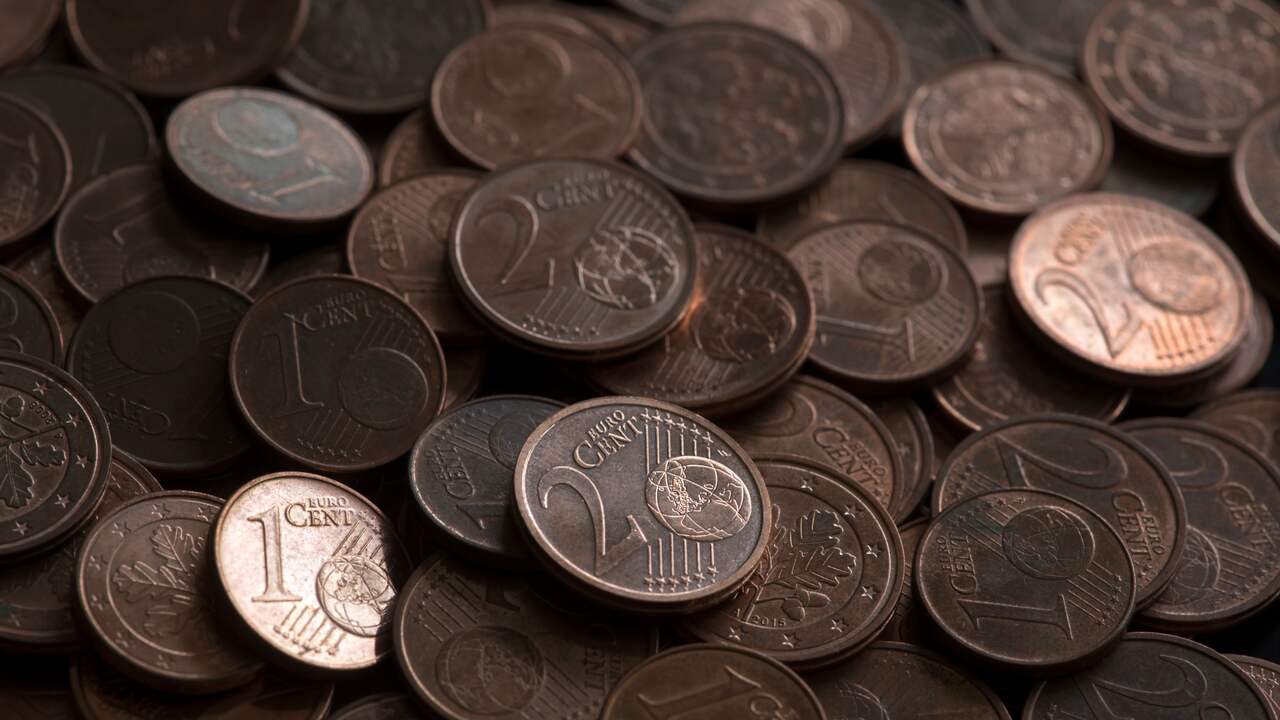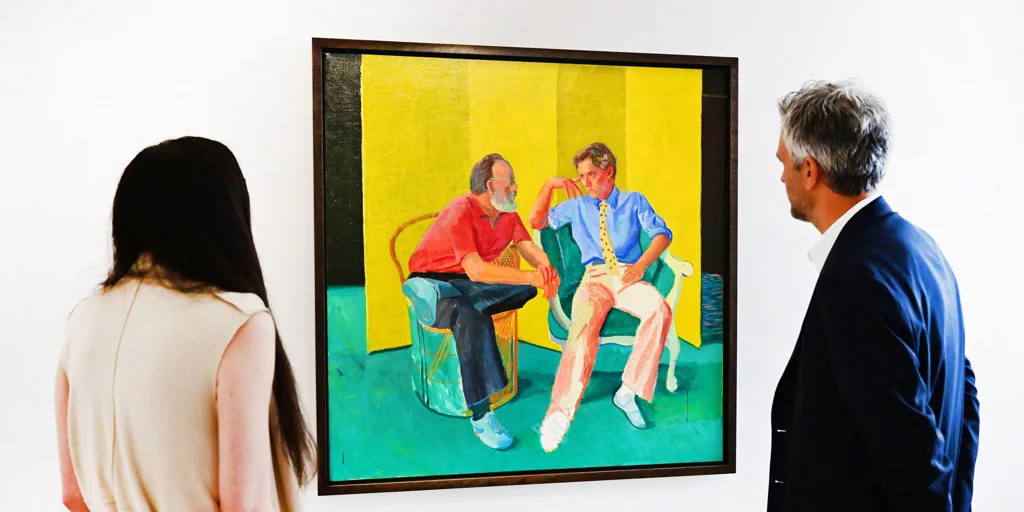De Nederlandsche Bank (DNB) has sold nearly 70 million redundant euro coins to Croatia since 1 July. That country will join the euro zone next year and will therefore need a lot of coins on 1 January. These are mainly 2 and 1 euro and 2 and 1 cent coins.
DNB issues Dutch euro coins and manages the state stock of all coins. The central bank provides this to banks, shops, and ATMs via security transport companies. Such parties can return any coins they have left to DNB.
For years there have been more 1 and 2 euro cent coins in the Netherlands than we need ourselves. As the amounts are rounded to 5 cents in the Netherlands, we hardly use the two smaller coins. Many Dutch people only get their hands on these coins during the holidays. Also, foreign tourists issue these coins in the Netherlands. Several countries have a surplus of 1 euro coins.
The DNB says it most often sells state title coins, which come from all euro countries and therefore are not just about Dutch euro coins. However, the agreement with Croatia is much broader than normal transactions.
Due to the delivery, the coins must not be destroyed. Furthermore, in the short term, Croatia will have to mint far fewer own coins. So it is cheaper for both countries. It’s even better for the environment.
By the way, Croatia will put its own coins into circulation. The 1, 2 and 5 euro cent coins have ‘HR’ written on the reverse. HR stands for Hrvatska, the Croatian word for Croatia. The 10, 20 and 50 cent coins bear the image of the inventor Nikola Tesla. A marten will appear on the 1 euro coin and a country outline on the 2 euro coin.


